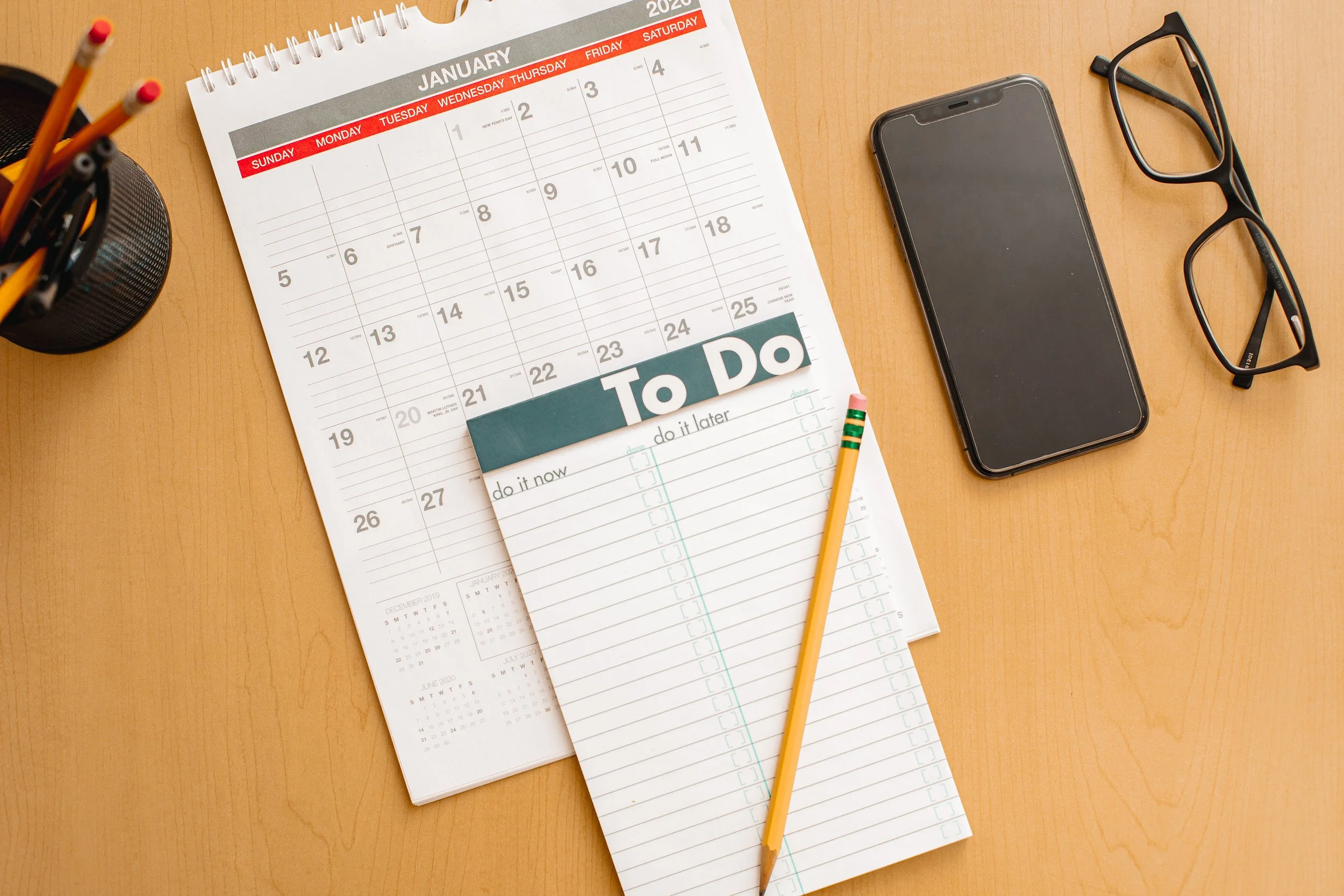Finding Inspiration When You're in a Creative Slump
We’ve all been there—staring at a blank page, a canvas that seems to mock you, or a project that just won't come together. Creative slumps are an inevitable part of the artistic journey, but they don’t have to be a dead end. Here’s how you can reignite your creative spark when it feels like it's been extinguished.
1. Change Your Environment
Sometimes, a change of scenery is all you need to jumpstart your creativity. If you’re used to working in one spot, try moving to a different room, a café, or an outdoor space. New environments can stimulate new ideas by breaking the monotony of your routine. For example, the bustling atmosphere of a café might inspire you with snippets of conversation, unique character studies, or the energy of the crowd. Nature, on the other hand, can offer tranquility and a fresh perspective with its colors, textures, and sounds. Even rearranging your existing workspace can create a new sense of possibility.
2. Consume Different Media
Expose yourself to different types of media to find fresh inspiration. Watch a movie in a genre you don’t usually explore, read a book from an unfamiliar author, or listen to music outside your usual playlist. The cross-pollination of ideas from different art forms can spark unexpected connections and inspire new directions in your work. For instance, a science fiction movie might give you ideas for a fantasy novel, or classical music might inspire a new approach to painting. The key is to step outside your comfort zone and allow your mind to draw parallels and contrasts between different creative expressions.
3. Set Small, Manageable Goals
A big project can feel overwhelming, especially when you’re already struggling. Break it down into smaller, more manageable tasks. Setting and achieving these mini-goals can build momentum and make the larger project feel more approachable. For example, if you’re writing a novel, focus on writing a single scene or even a few sentences. If you’re working on a large painting, concentrate on one section or layer. These small victories can boost your confidence and provide the necessary motivation to keep going.
4. Embrace Creative Prompts
Use creative prompts to get your juices flowing. These can be as simple as a random word, a sentence starter, or an image. Websites, books, and apps dedicated to creative prompts are great resources. They push you to think outside your usual patterns and can lead to unexpected and exciting outcomes. For writers, a prompt might be “Write about a journey that takes a surprising turn.” For visual artists, a prompt could be “Create a piece using only shades of blue.” These prompts provide a starting point and a structure, reducing the paralysis of staring at a blank canvas or page.
5. Engage with a Community
Surround yourself with other creatives. Join a local or online group, attend workshops, or participate in creative challenges. Engaging with a community can provide support, feedback, and a sense of accountability. It’s also inspiring to see what others are working on and how they overcome their own slumps. For instance, participating in a NaNoWriMo (National Novel Writing Month) group can motivate writers through collective energy and shared goals. Visual artists might find inspiration in group exhibitions or collaborative projects. The camaraderie and shared experiences can reignite your passion.
Conclusion - Part 1
Creative slumps can feel like insurmountable obstacles, but they are often just temporary roadblocks. By changing your environment, consuming different media, setting small, manageable goals, embracing creative prompts, and engaging with a community, you can reignite your creative spark and find new avenues of inspiration. These strategies help break the monotony and stimulate fresh ideas, allowing you to rediscover your creative flow.
In our next post, we will delve into additional techniques to help you overcome creative blocks. We’ll explore the importance of giving yourself permission to rest, the power of reflecting on past successes, the freedom found in experimentation and play, the importance of setting boundaries for distractions, and the inspiration that can be found in everyday life. Stay tuned for more ways to navigate through creative slumps and unlock your full artistic potential.






